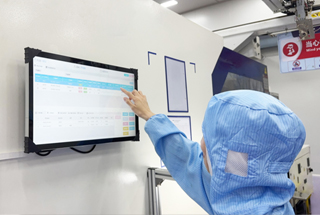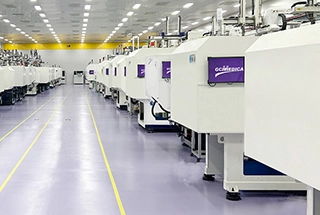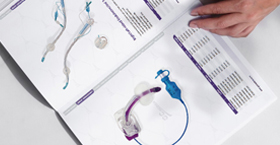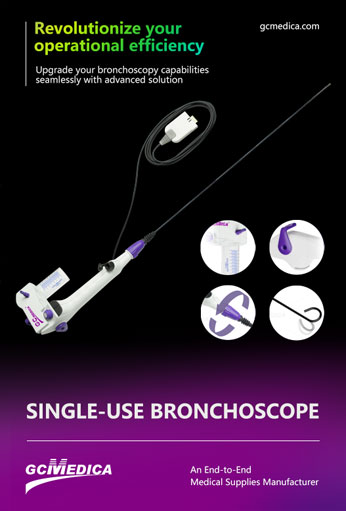Flexible and rigid bronchoscopes serve distinct roles in pulmonary diagnostics and interventions. While both enable visualization and management of airway pathology, they differ significantly in design, functionality, patient tolerance, and therapeutic capacity. Understanding these differences helps clinicians select the most appropriate tool for each clinical scenario.
Flexible bronchoscopes are composed of a thin, steerable insertion tube (typically 4–6 mm outer diameter) with fiberoptic bundles or a video‐chip at the tip. Their flexibility allows navigation into segmental and subsegmental bronchi, providing access to peripheral lesions. Procedures such as bronchoalveolar lavage (BAL), transbronchial biopsy, endobronchial ultrasound (EBUS), and stent placement can be performed under moderate sedation and local anesthesia, making them suitable for awake or high‐risk patients. However, their small working channels limit suction power and the size of instruments that can pass through.
Rigid bronchoscopes consist of a straight, hollow metal tube (8–14 mm diameter) inserted via the mouth or a tracheostomy under general anesthesia with neuromuscular blockade. They offer superior suction capacity, a wide working channel for rigid instruments, and robust airway control. These features make them ideal for removing large foreign bodies, controlling massive hemoptysis, mechanically debulking central tumors, and dilating stenotic segments. Their invasiveness, requirement for an operating‐room setting, and higher physiologic stress limit their use in unstable or outpatient populations.
Complication profiles also vary: flexible bronchoscopy carries a lower risk of airway trauma and dental injury but may induce hypoxia or bleeding during biopsy. Rigid bronchoscopy, while offering better airway protection during bleeding episodes, poses higher risks of dental damage, airway edema, and hemodynamic fluctuations.
| Characteristic | Flexible Bronchoscope | Rigid Bronchoscope |
|---|---|---|
| Outer Diameter | 4–6 mm | 8–14 mm |
| Flexibility | Highly steerable; reaches distal airways | Rigid; limited to central airways |
| Anesthesia Requirement | Local anesthesia + conscious sedation | General anesthesia + muscle relaxation |
| Working Channel | Small (2 mm); limited suction and instrument size | Large (up to 6 mm); strong suction, accommodates rigid tools |
| Common Diagnostic Uses | BAL, brushings, biopsy, EBUS | Visual inspection only (diagnostics limited) |
| Common Therapeutic Uses | Stenting, laser therapy (small lesions), mucus clearance | Foreign body removal, hemoptysis control, tumor debulking |
| Patient Tolerance | Well‐tolerated in awake or high‐risk patients | Requires OR; higher physiologic impact |
| Complication Risks | Minor bleeding, pneumothorax, hypoxia | Dental injury, airway trauma, hemodynamic instability |
In summary, flexible bronchoscopes are the workhorse for diagnostic evaluation and minor interventions in both inpatient and outpatient settings, offering distal airway access with minimal sedation. Rigid bronchoscopes, although more invasive, excel in emergency airway control and large‐scale therapeutic procedures within the central airways. The choice between flexible and rigid bronchoscopy should be guided by the patient’s condition, procedural goals, and available resources.
| Single Use Flexible Bronchoscopy > |


 Français
Français Español
Español Products
Products

 About Us
About Us












